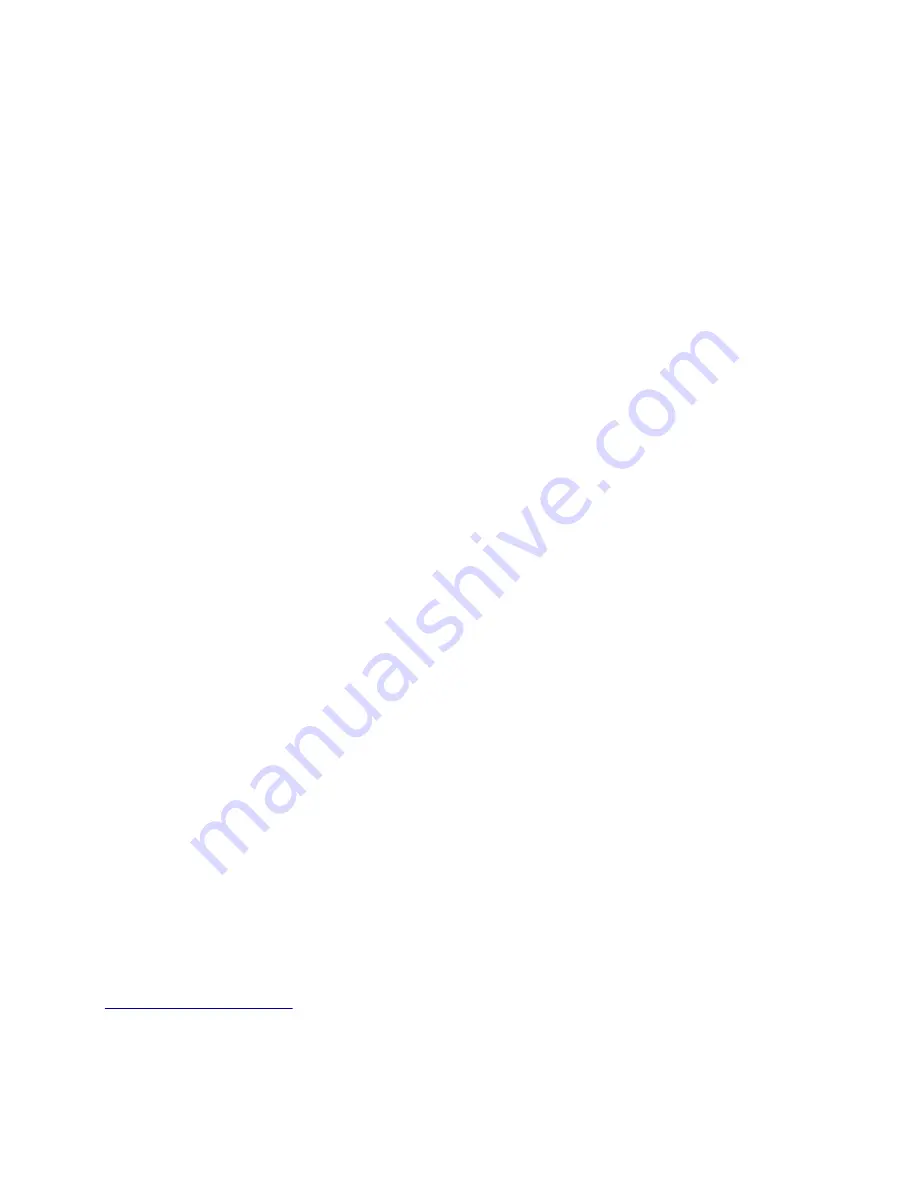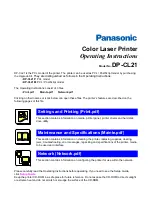
Tips on using transparencies
Print a test page on the transparencies being considered for use before buying large quantities.
•
From the printer control panel, set the paper size, type, texture, and weight in the Paper menu to match the
transparencies loaded in the tray.
•
Print a test page on the transparencies being considered for use before buying large quantities.
•
Feed transparencies from the 250-sheet tray, manual feeder, or multipurpose feeder.
•
Use transparencies designed specifically for laser printers.
•
Avoid getting fingerprints on the transparencies to prevent print quality problems.
•
Before loading transparencies, flex, fan, and straighten the stacks to prevent sheets from sticking together.
Tips on using envelopes
•
From the printer control panel, set the paper size, type, texture, and weight in the Paper menu to match the
envelopes loaded in the tray.
•
Print samples on the envelopes being considered for use before buying large quantities.
•
Use envelopes designed specifically for laser printers.
•
For best performance, use envelopes made from 90
‑
g/m
2
(24
‑
lb) paper or 25% cotton.
•
Use only new envelopes from undamaged packages.
•
To optimize performance and minimize jams, do not use envelopes that:
–
Have excessive curl or twist.
–
Are stuck together or damaged in any way.
–
Have windows, holes, perforations, cutouts, or embossing.
–
Have metal clasps, string ties, or folding bars.
–
Have an interlocking design.
–
Have postage stamps attached.
–
Have any exposed adhesive when the flap is in the sealed or closed position.
–
Have bent corners.
–
Have rough, cockle, or laid finishes.
•
Adjust the width guides to fit the width of the envelopes.
•
Before loading the envelopes on the tray, flex and fan the envelopes to loosen them. Straighten the edges on a
level surface.
Note:
A combination of high humidity (over 60%) and high printing temperature may wrinkle or seal envelopes.
Tips on using labels
•
From the printer control panel, set the paper size, type, texture, and weight in the Paper menu to match the labels
loaded in the tray.
•
Print samples on labels being considered for use before buying large quantities.
•
For more information on label printing, characteristics, and design, see the
Card Stock & Label Guide
at
•
Use labels designed specifically for laser printers.
•
Do not use labels with slick backing material.
7527
General information
28
Summary of Contents for XC2132
Page 18: ...7527 18 ...
Page 22: ...7527 22 ...
Page 34: ...7527 34 ...
Page 54: ...2 Open the top door 7527 Diagnostic information 54 ...
Page 184: ...7527 184 ...
Page 226: ...7527 226 ...
Page 314: ...5 Disconnect the belt C 6 Disconnect the fan and remove 7527 Repair information 314 ...
Page 345: ...Component locations Controller board CX310 models 7527 Component locations 345 ...
Page 346: ...CX410 models 7527 Component locations 346 ...
Page 352: ...7527 352 ...
Page 359: ...7527 359 ...
Page 361: ...Assembly 1 Covers 7527 Parts catalog 361 ...
Page 363: ...Assembly 2 Scanner 7527 Parts catalog 363 ...
Page 365: ...Assembly 3 Paperpath 7527 Parts catalog 365 ...
Page 368: ...7527 Parts catalog 368 ...
Page 369: ...Assembly 4 Operator panels 7527 Parts catalog 369 ...
Page 372: ...7527 Parts catalog 372 ...
Page 373: ...Assembly 5 Electronics 7527 Parts catalog 373 ...
Page 376: ...7527 Parts catalog 376 ...
Page 377: ...Assembly 6 Cables and sensors 7527 Parts catalog 377 ...
Page 379: ...Assembly 7 Media drawers and trays 7527 Parts catalog 379 ...
Page 382: ...7527 382 ...
Page 390: ...7527 390 ...
Page 404: ...7527 404 ...
Page 422: ...7527 Part number index 422 ...
Page 428: ...7527 Part name index 428 ...
















































